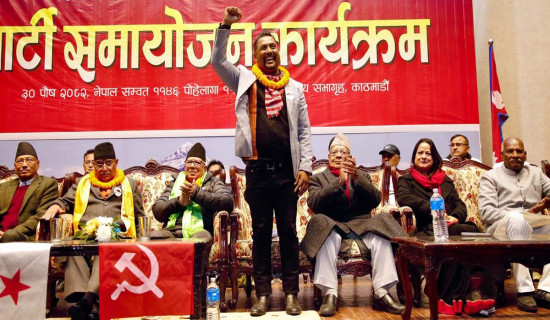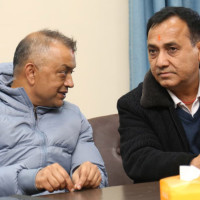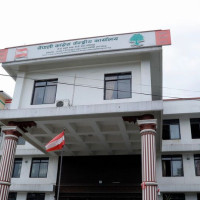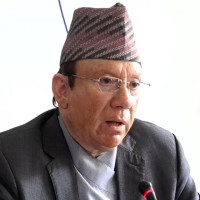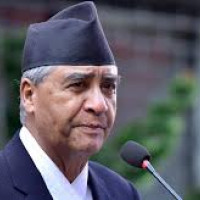- Wednesday, 14 January 2026
Delays, flight returns cause losses
Kathmandu, July 1: Last Monday, June 20, Mahanish Jung Thapa boarded a Buddha Air flight at 7 pm from Kathmandu, hoping to reach his destination Bhadrapur in about 45 minutes. He was travelling to the city to attend his friend’s wedding happening the following day and was extremely excited when the aeroplane reached the Jhapa sky.
The aircraft started making manoeuvres and he prepared himself for landing, only to be told that they would be returning to Kathmandu. After flying a cumulative distance of 320 nautical miles and spending nearly one and a half hours, Thapa ended up right where he had started. “This had never happened in my life where an airplane returned after reaching its destination,” he said.
In the same flight was Padam Bahadur Poudel who was flying to Bhadrapur to perform a monthly ritual of his deceased father in Kamal Rural Municipality. “This is just unacceptable,” he said, frustrated. “This is a disregard to our time and lives.”
The airlines placed the passengers in other flights the following day but for some, that was too late.
Delays and cancellations are common occurrences in Nepal’s aviation sector. Weather and airport traffic are among a host of reasons that hold airplanes both on the tarmac and in the air and in extreme cases, cause turn-arounds like the one on June 20.
And problems like these cause difficulties for the passengers, acknowledged Dipendra Kumar Karna, communication manager of Buddha Air. “People schedule important events around flights and use flight schedules to plan their days and weeks. A sudden postponement of one flight has a knock-on effect and disrupts many activities,” he said. “However, sometimes, some events are out of the airlines’ control.”
Sometimes, weather conditions around an airport make landing unsafe or the airdrome has to close for some reason. “When this happens, we look for alternative nearby airports to land at but if there aren’t any, we have to return to the place we departed from,” Karna said, stressing that this was a measure to ensure everyone’s safety.
Weather conditions, in particular, cause problems for planes flying under the Visual Flight Rules (VFR), said Sudarshan Bartaula, spokesperson for Yeti Airlines. VFR is when pilots rely on visual reference when flying the plane.
“We try to obtain as much information about climatic conditions as possible before taking-off but unpredictable things happen sometimes,” he said, explaining that Yeti checked the weather at the source and destination airports and collected as much information as possible about weather along the route. “But weather around the landing airport may turn unfavourable, forcing the planes to return for safety,” he added.
Planes having to turn back are in no one’s interest and airlines suffer massive losses because of it, Bartaula shared. It consumes excess fuel, affects the airlines’ schedules for the day and leads to lost revenue.
“This is why we would welcome any efforts by the Civil Aviation Authority of Nepal (CAAN) and the government to provide regular reliable weather forecasts,” he said.
Following the Tara Air crash last month, CAAN made clear en-route weather (weather along the entire flight path of an aircraft) a mandatory pre-condition to allow planes to take off. However, the Department of Hydrology and Meteorology quickly said that it would not be able to provide the necessary weather forecast due to technology and manpower limitations.
“Many delays and turn-arounds could be averted if airliners receive such forecasts beforehand,” Bartaula stated.
In some circumstances, migrant workers flying to Kathmandu cannot arrive here because of cancelation of flights as was the case of the flight cancellation in Bhdarpur on Thursday evening last week when a youth with a ticket to Qatar next morning got stranded in Jhapa when Yeti aircraft could not land because of bad weather.



